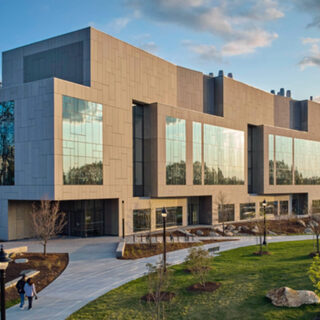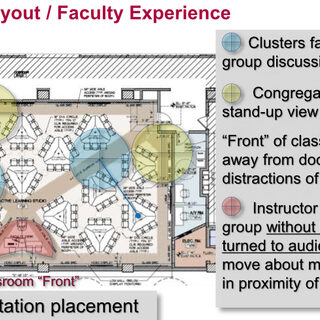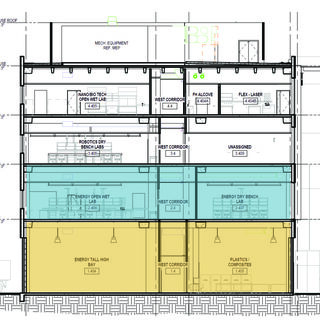Tradeline's industry reports are a must-read resource for those involved in facilities planning and management. Reports include management case studies, current and in-depth project profiles, and editorials on the latest facilities management issues.
Latest Reports
No Place Like Campus
The sudden pivot to virtual learning during the COVID pandemic has changed higher education for the foreseeable future. Interviews with more than 250 students, professors, and space planners at more than 100 campuses around the world reveal that 18- to 24-year-old students missed being on campus and are glad to be back. But they have changed; the institutions have changed; and campuses don’t quite fit anyone’s needs anymore. Learn the 10 insights from these interviews that can help shape the future of your campus design.
UConn Charts the Future of STEM with $1.5 Billion, 10-Year Initiative
The University of Connecticut has spent 10 years and $1.5 billion expanding and modernizing its science, technology, engineering, and math offerings, and increasing the number of STEM students by 4,000. The initiative, called Next Generation Connecticut (NextGenCT), included the construction of a new 198,000-sf facility and the renovation and expansion of the largest STEM building on the main campus in Storrs. The approach to both projects was to focus first on modernizing the way those subjects are taught and then on designing the space itself.
Less Lab Space, More Support Space, and Customizable Workstations
A study of three academic medical centers constructed in 2009, 2014, and 2020 reveals little change in the square footage of research spaces over time but a radical change in how the square footage is being used. The result is research space that is more efficient, flexible, adaptable, and functional, with a higher percentage of space dedicated to lab support. The metrics gathered in this study can help guide lab planners as they look to the future.
Form Follows Pedagogy: An Active Learning Environment Evolution
With active learning classrooms, Florida International University’s Herbert Wertheim College of Medicine was presented an opportunity to think differently about how to create spaces that support a different approach to instruction and interaction. Figuring out what works and what doesn’t in terms of acoustics, technology, lighting, and sightlines has demonstrated the importance of aligning the space—and the technology within it—with the pedagogy rather than the reverse.
Seven Considerations That Help Shape Long-Term Planning for Research Facilities
The most accurate prediction about the future of science is that it cannot be predicted, especially when it comes to laboratory facilities that support higher education, research, and manufacturing. Attention to these seven key considerations can help futureproof laboratory facilities: floor-to-floor height, utility distribution strategy, exterior research space, specialized environments, hazardous components, structural considerations, and engineering criteria.





